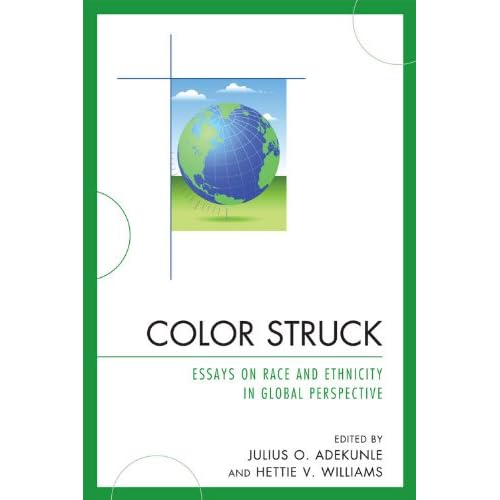Are You Sensitive to Interracial Children’s Special Identity Needs?Posted in Articles, Family/Parenting, Identity Development/Psychology, Media Archive, Teaching Resources, United States on 2015-09-06 01:25Z by Steven |
Are You Sensitive to Interracial Children’s Special Identity Needs?
Young Children
Volume 42, Number 2 (January 1987)
pages 53-59
Francis Wardle
Red Rocks Community College, Colorado
Early childhood educators continually adjust to families they serve. Educators must provide for children not living with their natural parents, children from abusive families, children who rarely see their parents, and children from single-parent homes. Early childhood educators are becoming increasingly aware of children living in single-father families (Briggs & Walters, 1985), as well as single-mother families. Now these professionals have an additional challenge: to be sensitive and supportive of the unique needs of interracial children and their families.
The number of interracial marriages has increased to more than 100,000 in the past decade. The 1983 census cites 632,000 interracial marriages in the United States; 125,000 are Black/White unions. These figures reflect only current interracial marriages; they do not include divorced parents or interracial unions not resulting in marriage (Shackford, 1984). Although there are no data on the number of interracial children in our society, because census forms do not include include an interracial or mixed category, it is clearly increasing and posing new challenges to all involved in raising children (Wardle, 1981). These new challenges include the interracial child with one Black and one White parent, and all other combinations of one parent of color and one White, including Asian American/White, Native American/White, and so on…
Read or purchase the article here.

